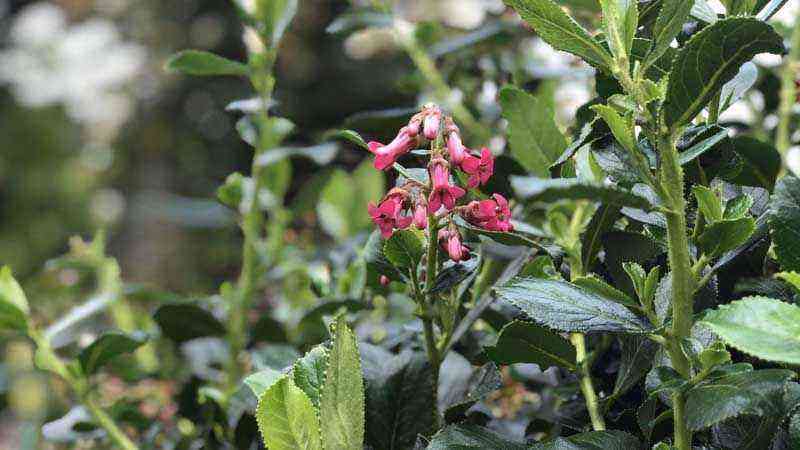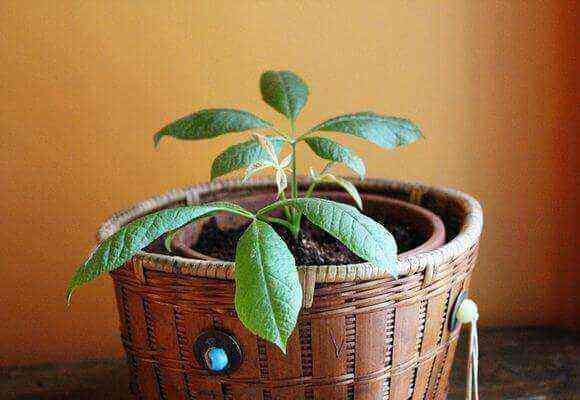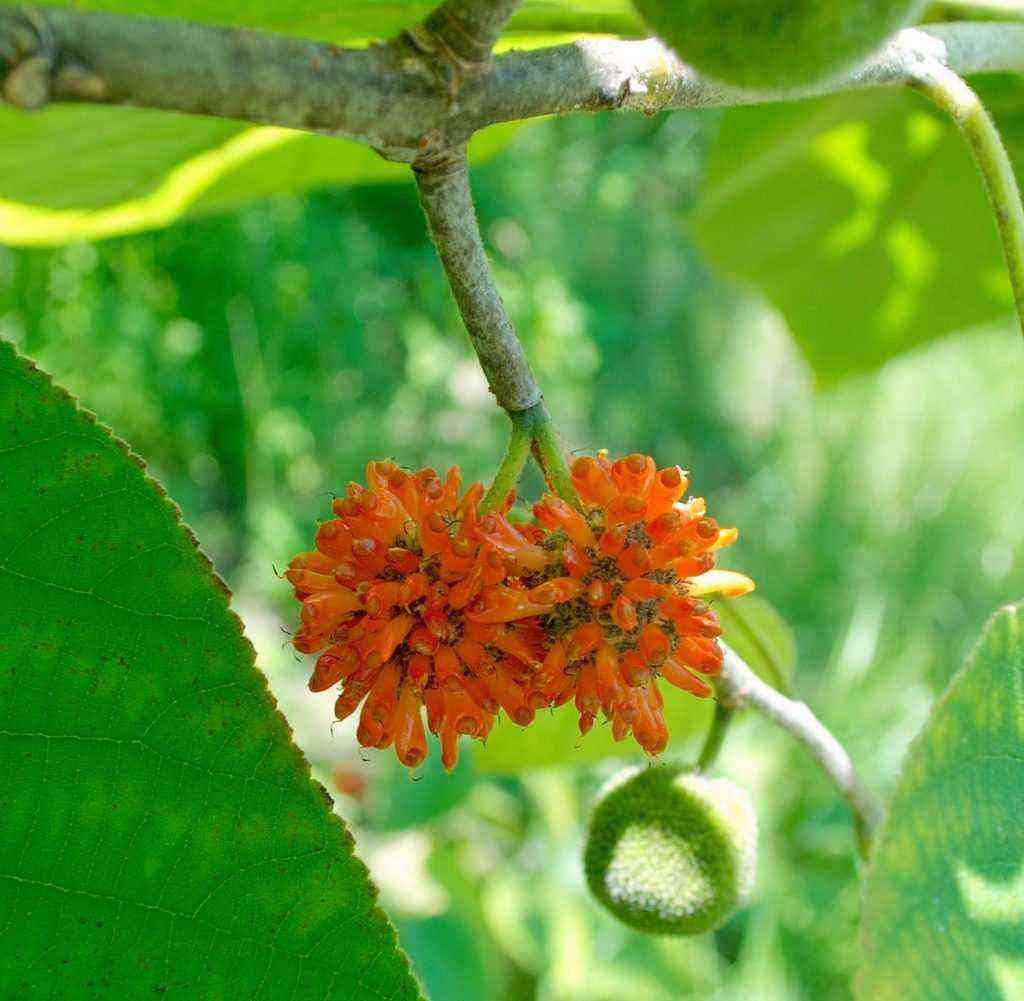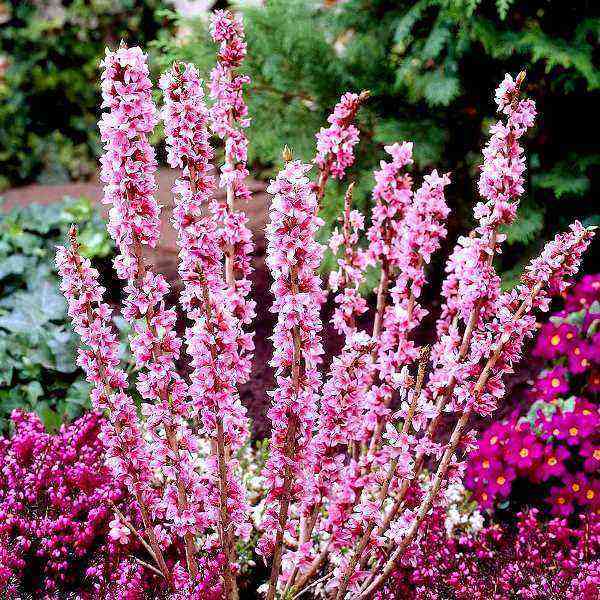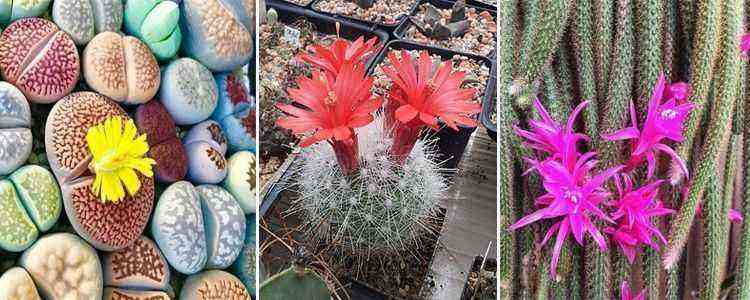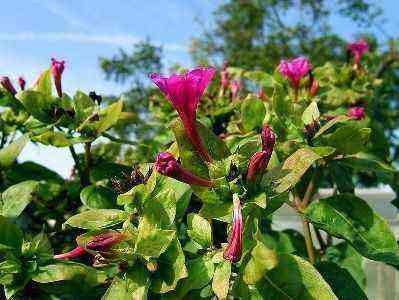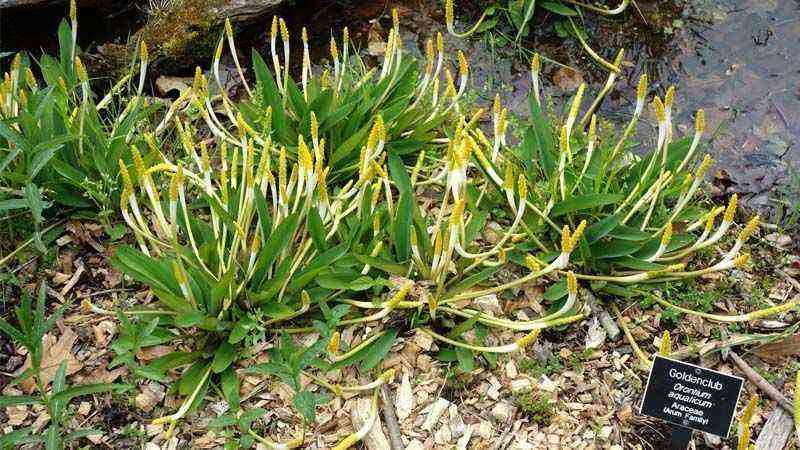The Blue Carpet Juniper is one of the creeping conifers commonly used in landscaping. The shrub is distinguished by its unpretentiousness, endurance and a beautiful bluish shade of needles. The successful combination of these features has made it popular and in demand.
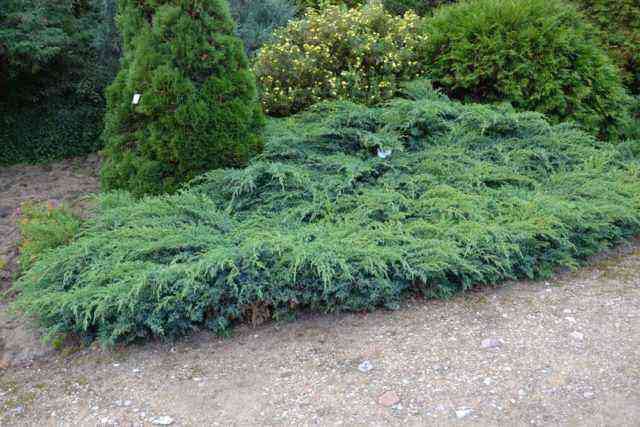

Juniper scaly Blue Carpet is combined with other conifers and evergreens
General characteristics
Latin name: juniperus squamata blue carpet.
It is a long-term plant, with correctly specified growing conditions, the life span is 250-300 years. It grows quickly, can stretch up to 10 cm for 5-7 years.
Despite its good frost resistance, it requires careful maintenance in winter. Not fallen needles are actively exposed to the adverse effects of freezing temperatures and gusts of wind, which can lead to the death of the ephedra.
The smell has a sharp, saturated, and phytoncides produced by the green mass block the effect of pathogenic bacteria and microorganisms.
The aroma of juniper is especially useful for people suffering from insomnia, hypertension, nervous system disorders, regular migraines and respiratory pathologies.
External Description
Blue Carpet is a shrub spreading on the surface, forming a kind of carpet. Shoots are tough, growing densely and in a horizontal position, slightly raised above the ground. The needles are quite soft, painted in a bluish color scheme. Needles no more than 6 mm.
A young 10-year-old shrub has quite small dimensions up to 2 m wide and 30 cm high. In a mature state, it can grow up to 80 cm when covering a soil area of 6 m.
Closer to autumn, it forms cones of a rich blue color, which have a bitter taste and a spicy aroma.
In nature, there are several varieties of culture, among which the Blue Carpet is considered the most compact (up to 50 cm). For comparison, blue carpet bonsai reaches a height of 1,6 m.
Regions of cultivation
Under natural conditions, juniper can be found on the slopes of China and Taiwan. In Russia, the culture is adapted to the climate characteristic of the European part.
Brief outline of the plant
Juniper has a light, undemanding disposition, and therefore is popular with designers and private homeowners. The scaly juniper “Blue Carpet” got its name because of the color of its crown – silvery-blue. And the fruits of the bush are deep blue, with a waxy bloom.
The needles of this plant variety are up to 1 cm long, pointed, needle-like. The crown grows more than two meters in diameter, the adult Blue Carpet is 50-60 centimeters high, and in a year it grows up to 5 cm in height.
The homeland of the scaly juniper is China, or rather, its mountainous regions – the Eastern Himalayas.
There are 70 plant species. Blue Carpet belongs to the cypress ornamental shrub family.
You can give a general description of this variety of scaly juniper:
- The spread crown up to 60 cm high, up to 2,5 m in diameter;
- Life expectancy up to 50 years;
- Silver-blue, short, up to 1 cm, needle-like needles;
- At any time of the year, the color of the needles and the shape of the crown of the bush does not change, which makes Blue Carpet quite popular in design projects;
- Slow annual growth – the bush adds less than 5 cm in height and width, which is also appreciated by lovers of decorating, picturesque plants;
- Brightness;
- The plant does not require regular watering, and it grows well in almost any soil;
- It perfectly tolerates low temperatures without losing its charm. “Blue Carpet” successfully coexists with garden geraniums, roses, tulips, daffodils, and many more flowers. It looks great in a group of other herbaceous, deciduous or coniferous plants.
Landing
Planting and subsequent care of the shrub is not particularly difficult. The main thing in this matter is to take into account the chemical composition of the substrate, the systematics of watering and dressing, as well as the content of juniper during the winter cold.
Seedling preparation

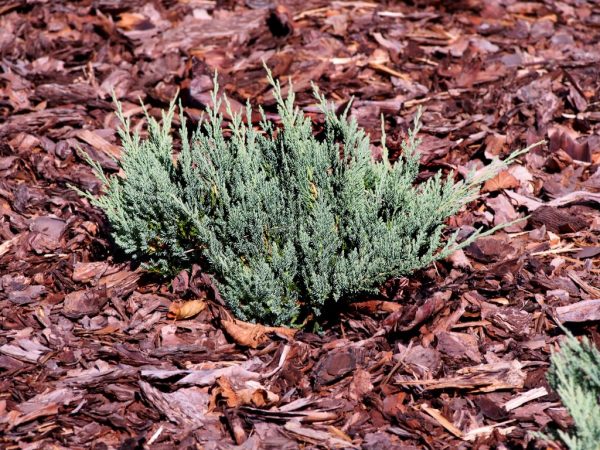
It is recommended to buy a seedling in the nursery.
When buying a seedling, it is worth giving preference to specimens with a closed root system.
The choice of an open one is permissible only when planting a young bush in April, May or September, when climatic conditions are characterized by moderate air humidity.
Additionally, the underground part should be treated with preparations to stimulate growth. Heteroauxin, Fulviks, Radifarm have proven themselves well in this direction.
Site preparation
When determining the location of the creeping juniper, it is required to take into account its love for diffused sunlight and the depth of the groundwater. Systematic stagnation of liquid in the substrate negatively affects the health of the plant. It is better to give preference to a slightly shaded and windy area.
The composition of the soil and the level of acidity are important for comfortable growth. The best option is slightly acidic or neutral.
If the soil does not meet these requirements, you must make it yourself. To do this, mix turf, peat (can be replaced with river sand) in a ratio of 1: 2.
Technology
When planting a seedling, it is necessary to adhere to the chronological sequence.
- Preparation of the landing pit. They dig it so that the diameter is slightly larger than the earthen lump of the plant, and the depth is 70 cm.At the same time, it is worth maintaining the distance between several shrubs, ideally it should not be less than 0,5 m.
- Laying a 20 cm drainage layer. Crushed stone, chipped brick, pebbles are used as material for it. After that, part of the prepared soil is laid.
- Placing a seedling in the center of the hole. The neck must be located just above the ground.
- Falling asleep with the rest of the soil mixture. It is not recommended to tamp the substrate, because over time it will settle quite strongly on its own.
- Watering. Maintaining the humidity level is especially required for the first 7-9 days.
- Mulching the trunk circle.
Care
Taking care of the rocky shrub Blue Carpet will not cause any particular difficulties, the main thing is to provide the plant with due attention in a timely manner.
Basically, standard agrotechnical measures are sufficient for the active development of juniper.
Watering
Only young trees need frequent watering; in an adult state, the juniper acquires resistance to drought (moisture is produced exclusively in a particularly hot period).
The culture responds well to sprinkling. It should be carried out in the morning or evening, when the activity of the sun is declining.
Otherwise, the risk of burns by shoots and the subsequent death of the bush increases. To avoid such a situation, it is recommended to additionally cover the crown with a light-colored non-woven material in the spring.
Feeding
Fertilize Blue Carpet twice a season. In the spring, complex preparations or nitroammofosk are used for feeding, in the fall – potassium-phosphorus agents.
Mulching and loosening the soil
Weeds have a detrimental effect on the development of the shrub, so weeding should be carried out regularly.
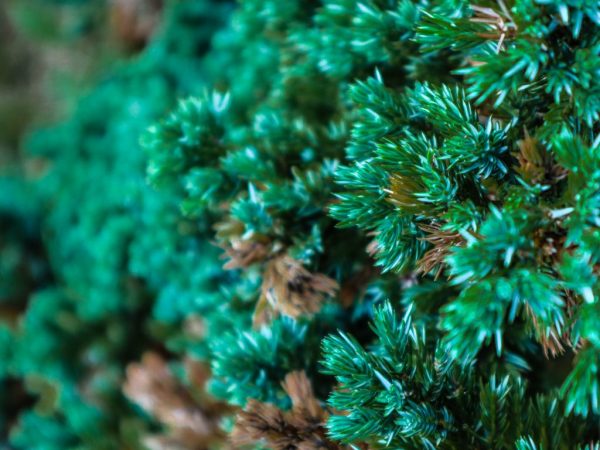

Dried shoots must be removed
To slow down the growth of weeds, it is recommended to mulch the near-stem space with a layer of up to 10 cm, which will also prevent the substrate from drying out. Peat or humus can be used as a material, which is sprinkled with sawdust on top.
Loosening must be done very carefully. This type of juniper has a shallow root system, and an excessively deep impact on the soil can injure it.
Haircut and trim
Coniferous does not need formative pruning. Only autumn correction is allowed in order to eliminate dried and improperly growing shoots.
If in landscape design the Blue Carpet is adjacent to deciduous crops, you need to ensure that there is no litter on the crown. Otherwise, due to leaf rotting, damage to the branches of the bush and its partial damping off may occur.
Preparation for winter
The maximum temperature that the shrub can withstand is -29 °. Therefore, the still fragile in the first year of life in a new place needs shelter.
In addition to mulch, spruce branches are placed on top of the trunk, and the crown is covered with agrofibre.
Unlike many conifers, it is forbidden to cover the Blue Carpet with a dense layer of snow – this can lead to trauma to the shoots.
Juniper Blue Carpet winter preparation description
The plant can survive temperatures as low as minus twenty-nine degrees. Consider a few recommendations for preparing this variety for the winter period.
When the plant is only one year old and when it is young enough, it needs to be covered.
Under very unfavorable conditions, the plant may die in winter, and also, due to severe frosts and wind, the needles may become of a different shade.
In order to prevent such consequences, it is necessary to protect the juniper in the fall.
Protection consists in the shelter of the juniper, as well as the mulching of the anchors with peat.
The mulch layer should be about nine to ten centimeters.
For better preservation of the needles, it can be glued with spruce branches.
So that after winter the plant is not damaged by strong sunlight, it must be covered with a net.
Reproduction
Scaly Blue Carpet is a dioecious plant, so its bushes can be of two types.
- Male. It is characterized by an ovoid narrowed crown. In the spring it is covered with yellow stripes.
- Feminine. Has a spread and loose structure. After wintering, it releases small green cones.
You can propagate a culture in several ways: by seeds and cuttings.
Seed sowing
To obtain seed, it is necessary to select several cones from the female plant in the fall, which by this time change the color to dark blue with a slight whitish tint. Then they are placed in a box and transferred to a cool place. In May, the seeds are buried in the ground.
You can observe the first shoots after a year from the moment of planting.
Cutting
The most popular method for obtaining new specimens of juniper, during which all decorative qualities are preserved and good growth of the shrub is guaranteed.
Provided that a healthy mother tree is used, the first result will be noticeable after 45 days. The stalk is transported to a permanent place in 2,5-3 months. An option with landing after 4 years is also allowed.
Young shoots 12 cm long are used as material, the lower branches and part of the bark of which are cleaned. Then they are treated with a growth stimulant and placed in the prepared soil, thus creating a greenhouse effect.
Juniper Blue Carpet description of fertilization schemes
Consider a few recommendations for applying dressings and fertilizers for this variety.
Top dressing will need to be done in May or April.
Fertilizers such as nitroammofoska or mineralized complex fertilizers are suitable for spring dressings.
In order for the plant to receive the necessary supply of nutrients for the winter, it will be necessary to process it in the fall with the help of fertilizers containing potassium and phosphorus.
In order for young plants to feel good and take root quickly, it is necessary to periodically loosen the soil next to them.
Diseases and pests
- Trachiomycosis. The reason is stagnant water in the soil and high air humidity. At the initial stage, it spreads to the root system, later it affects the whole plant. The essence of the disease lies in the blockage of the bundles through which the juniper receives nutrients. At the first symptoms, expressed in the appearance of dry branches, the affected segments are cut off with a pruner and the green mass is treated with a fungicide. It will not be superfluous to carry out the prevention of young specimens with drugs such as Maxim, Fitosporin.
- Drying of branches. Someone resembles trachyomycosis. However, in this case, the disease is accompanied by the formation of small growths of brown or black color on the surface of the bark. The disease can be prevented by systematic sanitary pruning and treatment with copper sulfate at a concentration of 1%.
- Rust. It arises in connection with the vital activity of basidiomycetes. Symptoms include rich orange growths on the branches. As a result, there is a decrease in decorativeness and death of the plant. They solve the problem by spraying 4 times with Arcerid with an interval of 8-10 days.
Among insects, we especially love the scaly shrub of the spider mite, which mines moths, aphids, and scale insects. Regular treatments with Fitoverm or Karbofos will help get rid of annoying pests.
Frequent growing problems
Even the most unpretentious juniper can be affected by pests or diseases. You need to know a few secrets of care in order to prolong the life of the shrub.
Juniper turns yellow
With the yellowing and subsequent dying off of the branches, you need to pay attention to the condition of the earth – the juniper may suffer from an excess or lack of water.
Rust occurs when salts accumulate in the soil. Animal protection or transplanting will help here.
Yellowing is also caused by mushrooms, which manifest themselves as growths on the bark. In this case, it is necessary to remove the affected areas and burn, and feed the purified plant with immunostimulants and fertilizers.
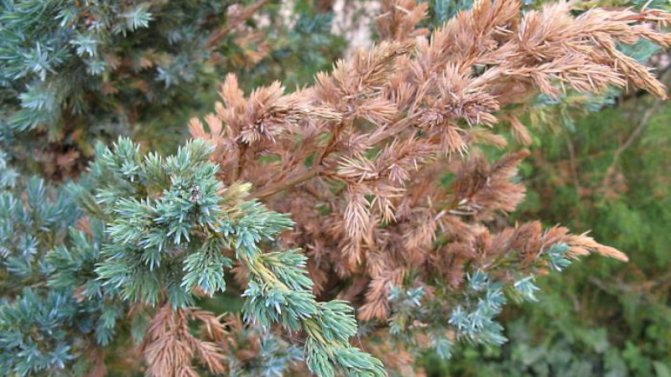
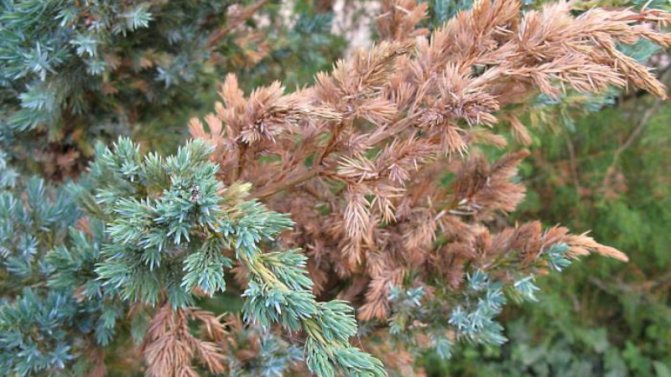
Juniper dries
Desiccation of scaly juniper is most often associated with the same reasons as yellowing.
The simplest and most common reason is that the plant does not have enough space. This problem is solved by pruning branches.
Places of cuts on the branches must be treated with 1% Bordeaux liquid. The dying off of needles can be stopped by removing the affected areas, and if the dying plant is next to healthy ones, it must be isolated to prevent infection.
When starting a scaly juniper, it is important to remember that most of them are poisonous. The plant must be protected from children and animals, and in contact with it, protect your hands with gloves. Evergreen bushes will delight you with beauty for decades, you just need to choose the right variety for your home or summer cottage.
Use in landscape design
In landscape design, the Blue Carpet is one of the most beloved cultures. Its small size and creeping crown shape make it possible to actively use the plant when creating a unique atmosphere on the garden plot.
Due to its appearance, it is quite often used in the preparation of flat rockeries and alpine slides. It goes well with flowering annuals, and also acts as a single garden decoration.
It can also be cultivated in volumetric pots, due to which the arrangement of shrubs on loggias and open verandas is allowed.
Reviews
Scaly juniper Blue Carpet is planted both outdoors and in containers. The small size of the plant and low maintenance requirements make this variety an excellent choice for decoration.
Reviews of the variety are extremely positive: gardeners like its diminutiveness, unpretentiousness and appearance.
Among all the variety of junipers, such a variety as Blue Carpet is especially common in gardens. This evergreen blue conifer is a real decoration of the landscape, moreover, it is unpretentious and stable. In the article, we will get acquainted with the features of its cultivation, we will learn how to plant a juniper, what kind of care is needed.
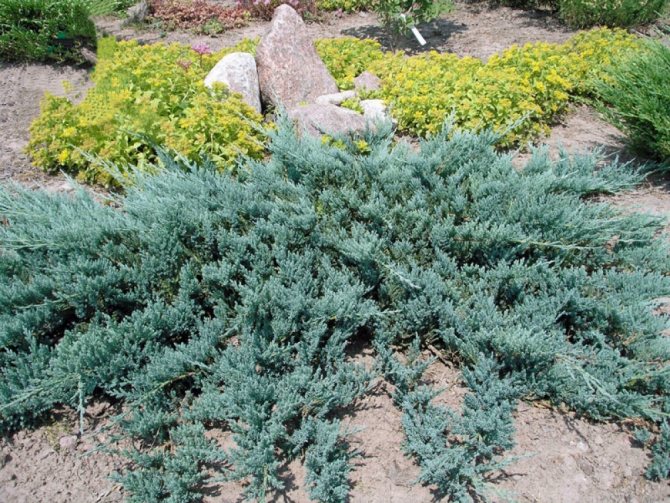

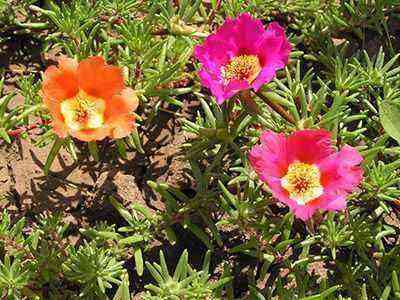
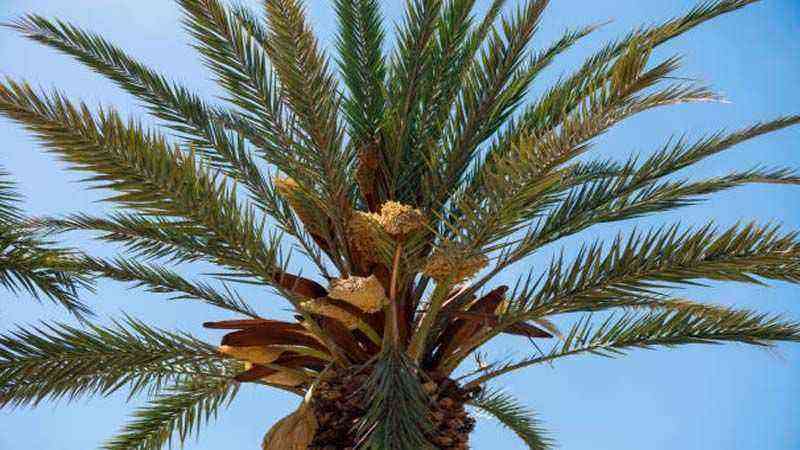
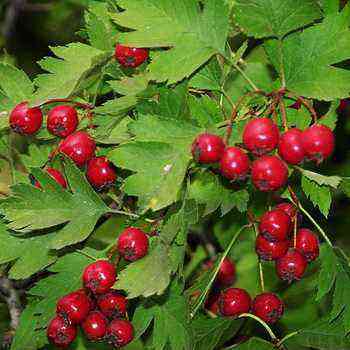
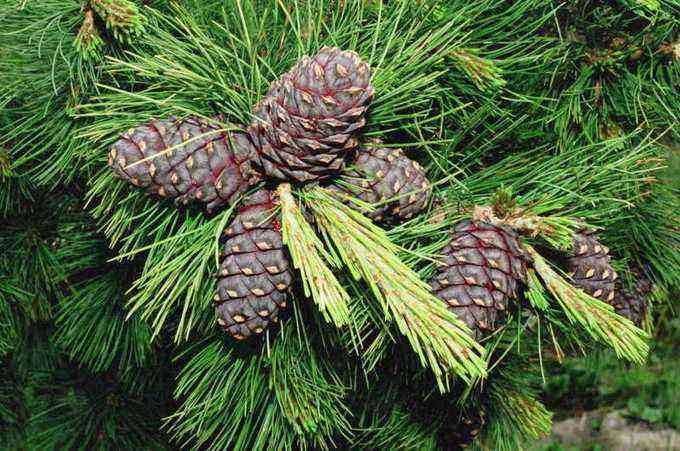
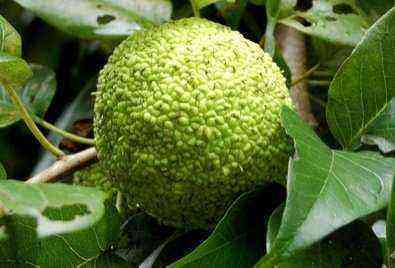

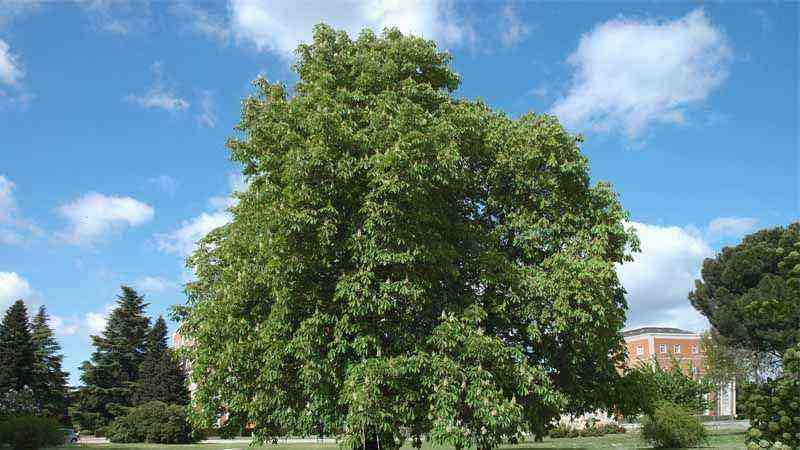
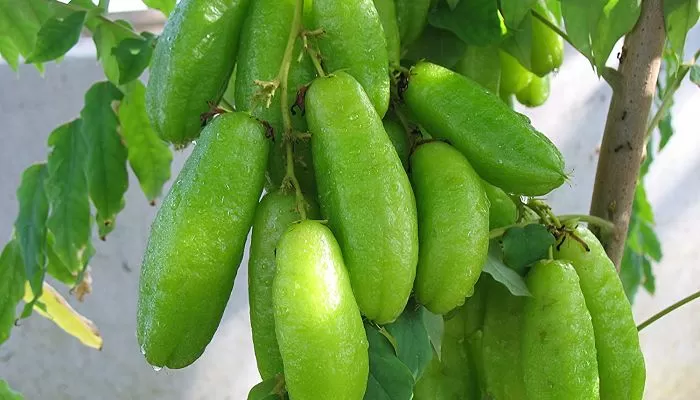
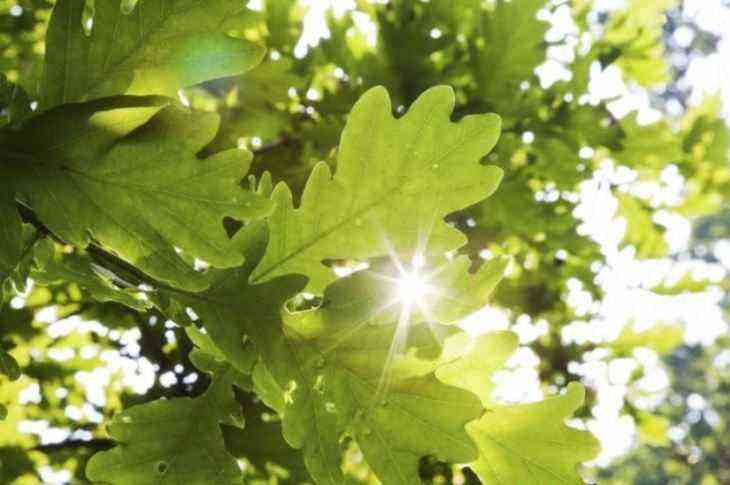

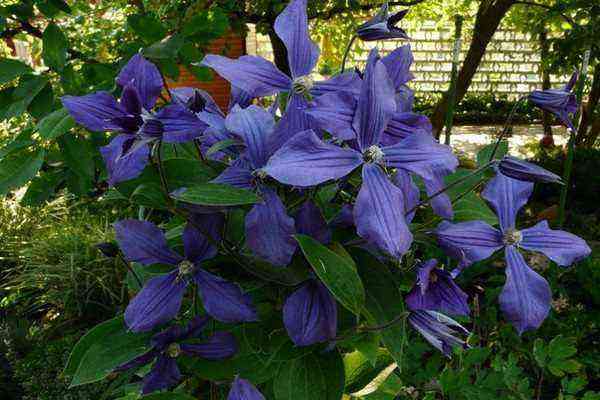
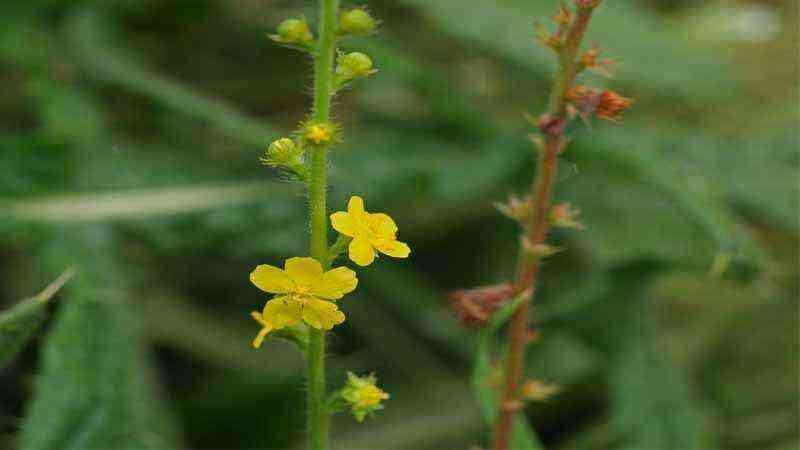

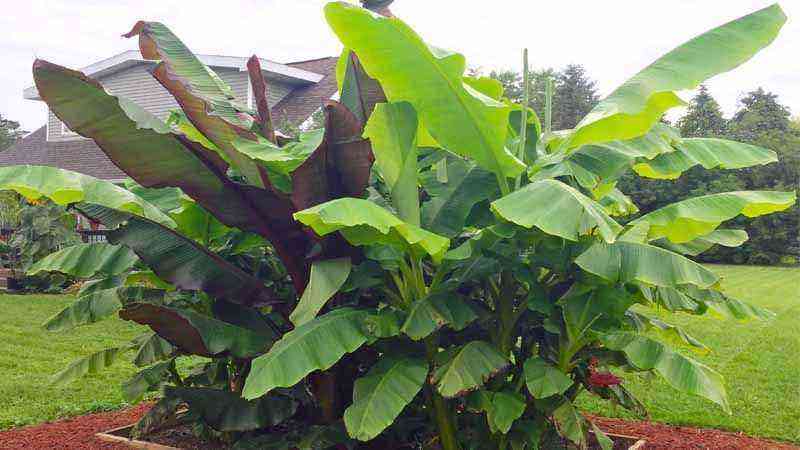
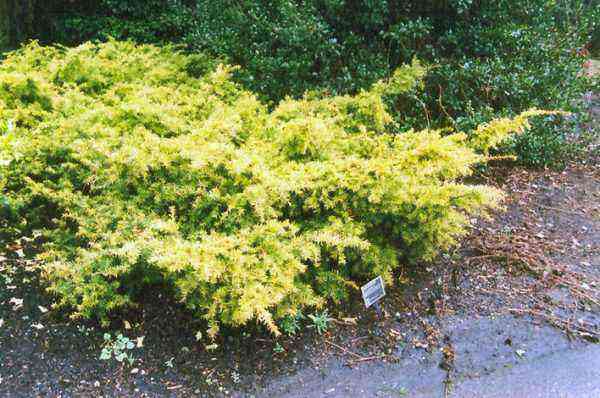
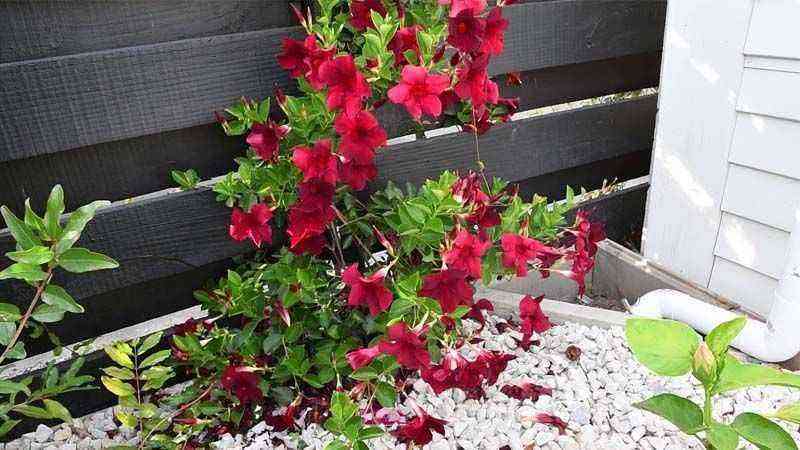
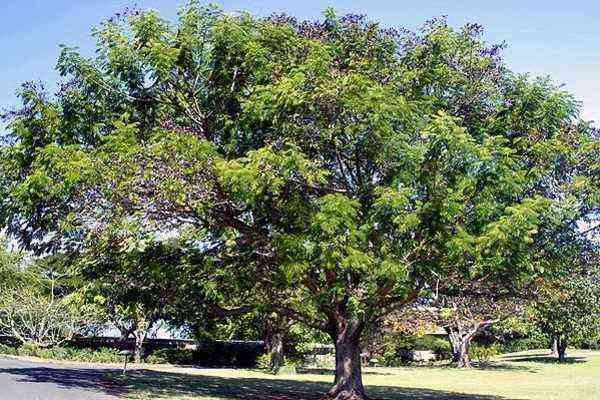
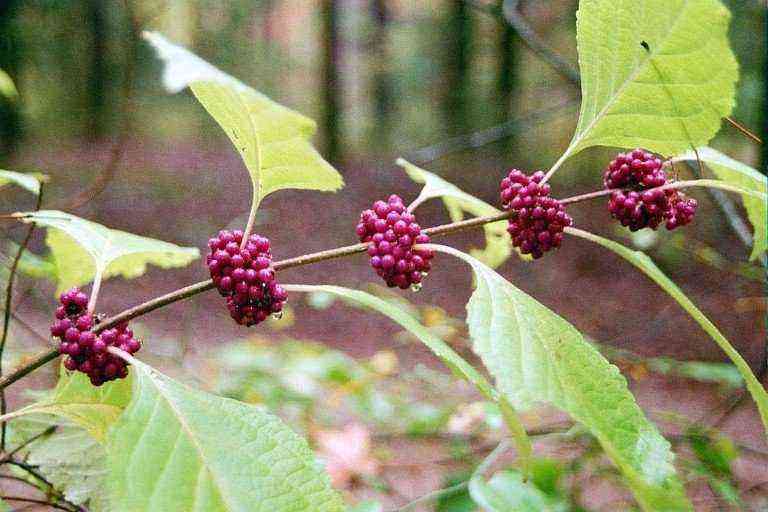
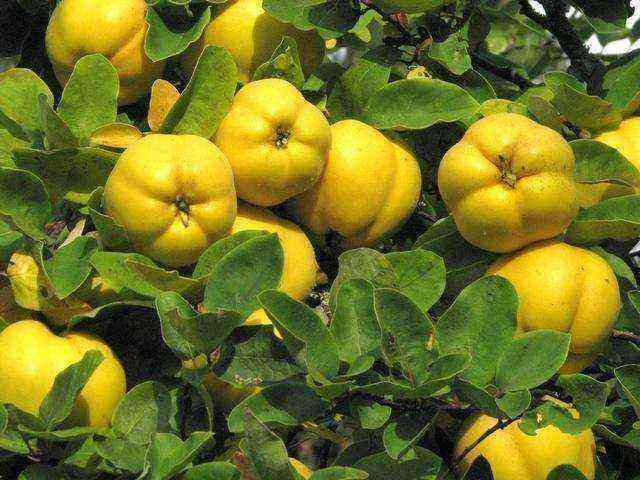
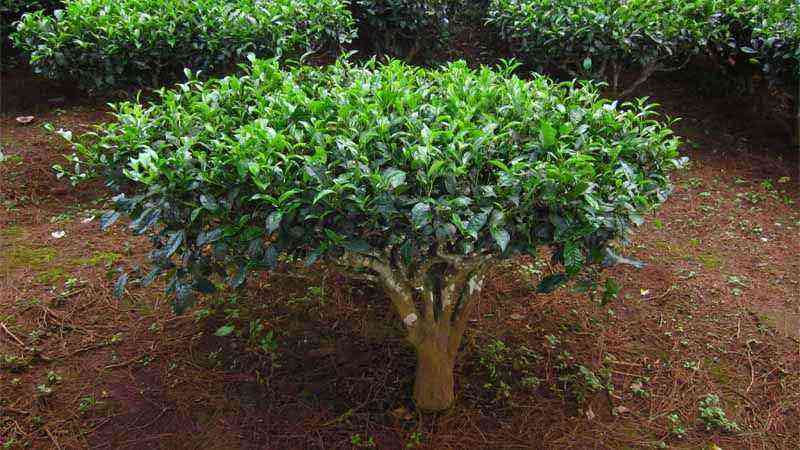

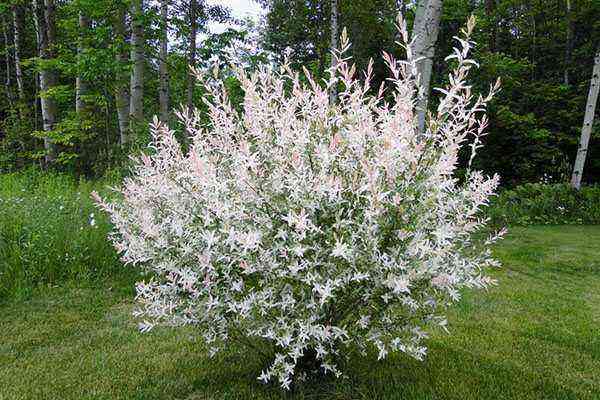
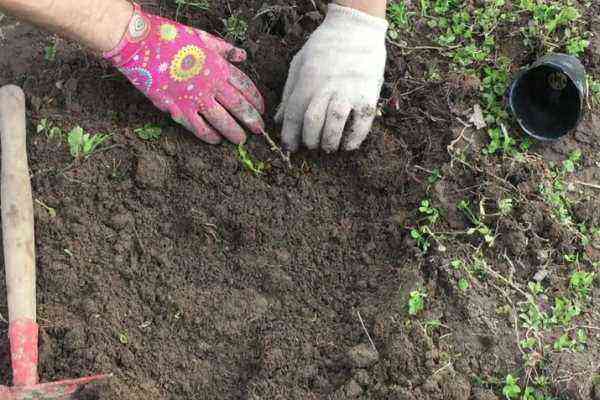
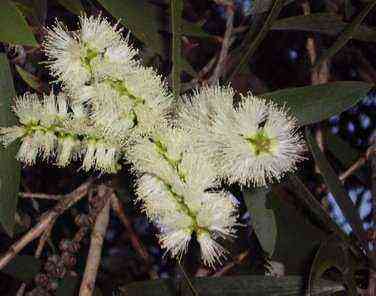
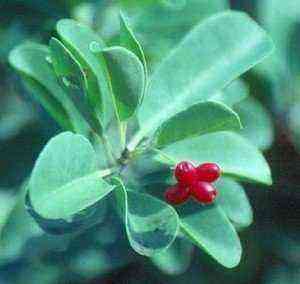
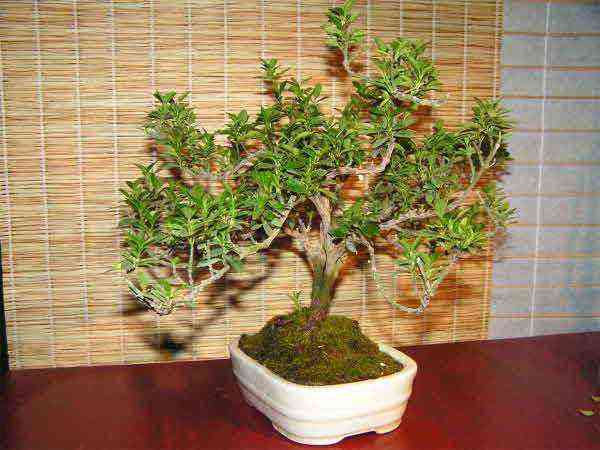
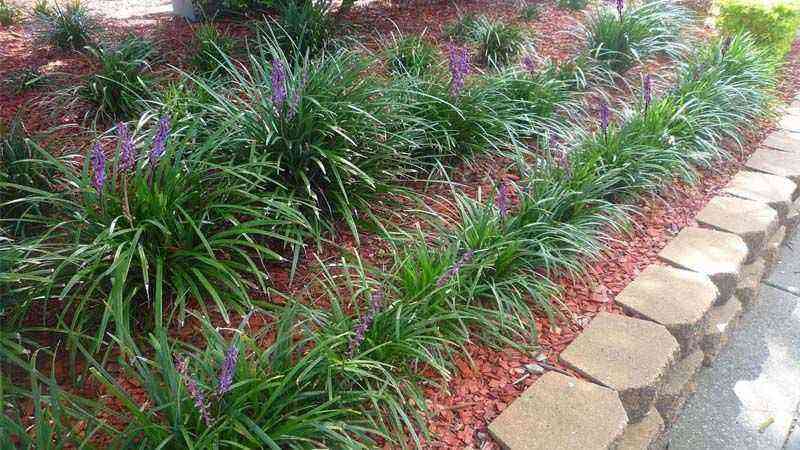
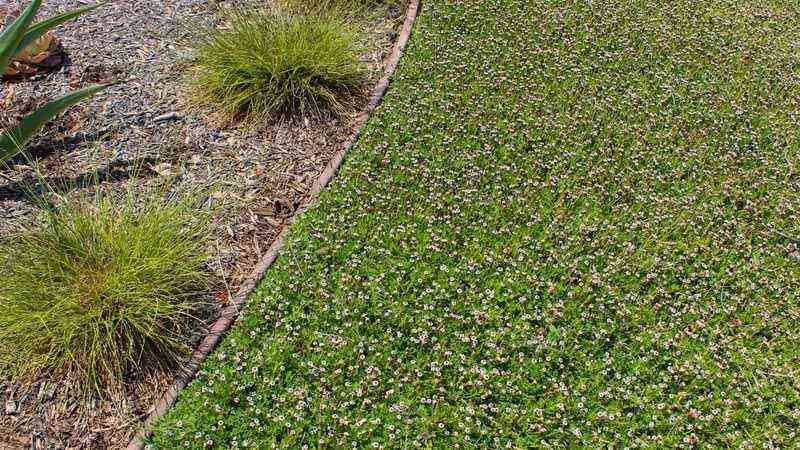
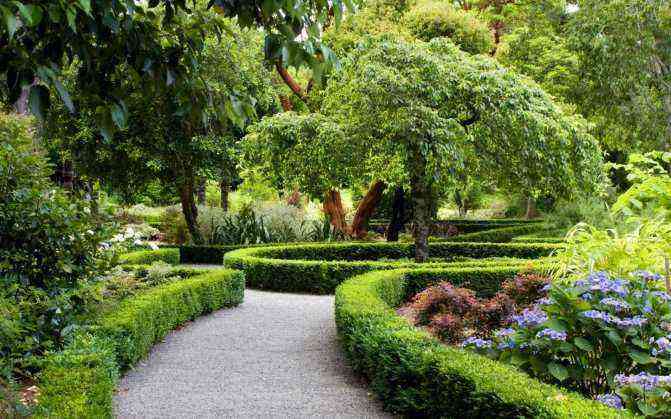
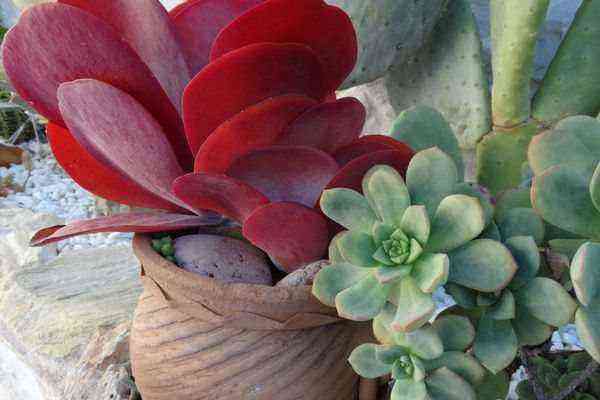
![Cultivo de Magnolia stellata [magnolia estrellada] Cultivo de Magnolia stellata [magnolia estrellada]](https://farmer-online.com/wp-content/uploads/2021/05/Cultivo-de-Magnolia-stellata-magnolia-estrellada.jpg)

